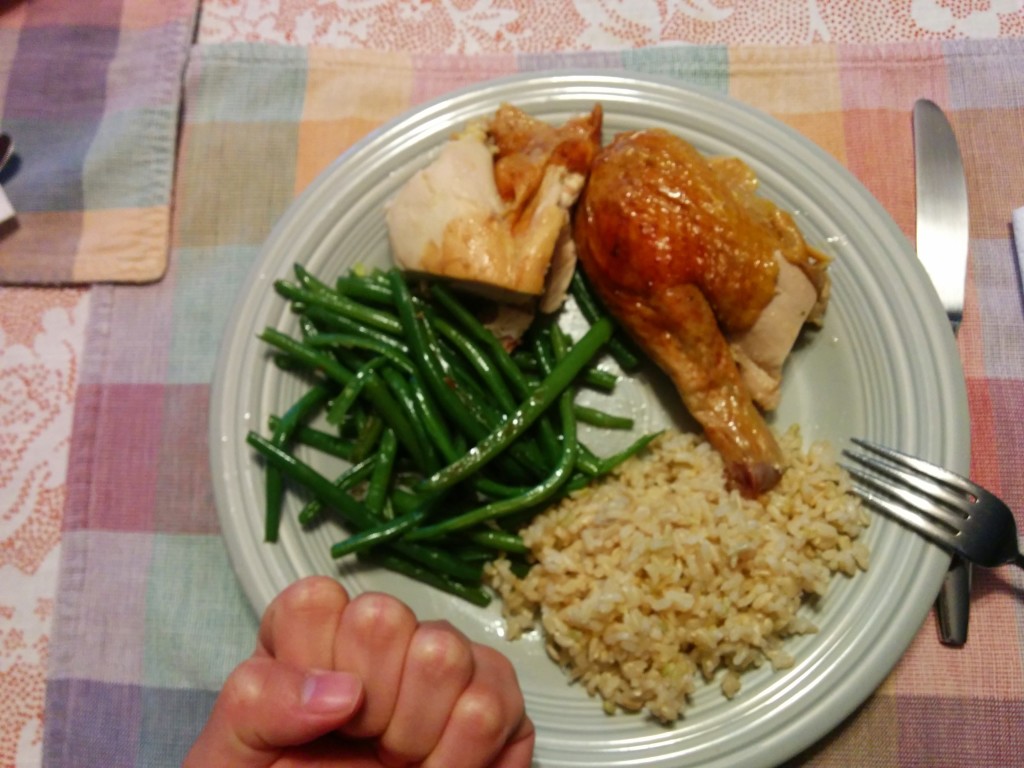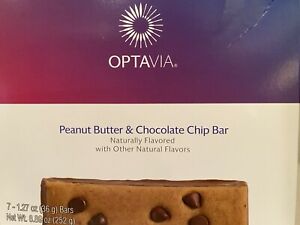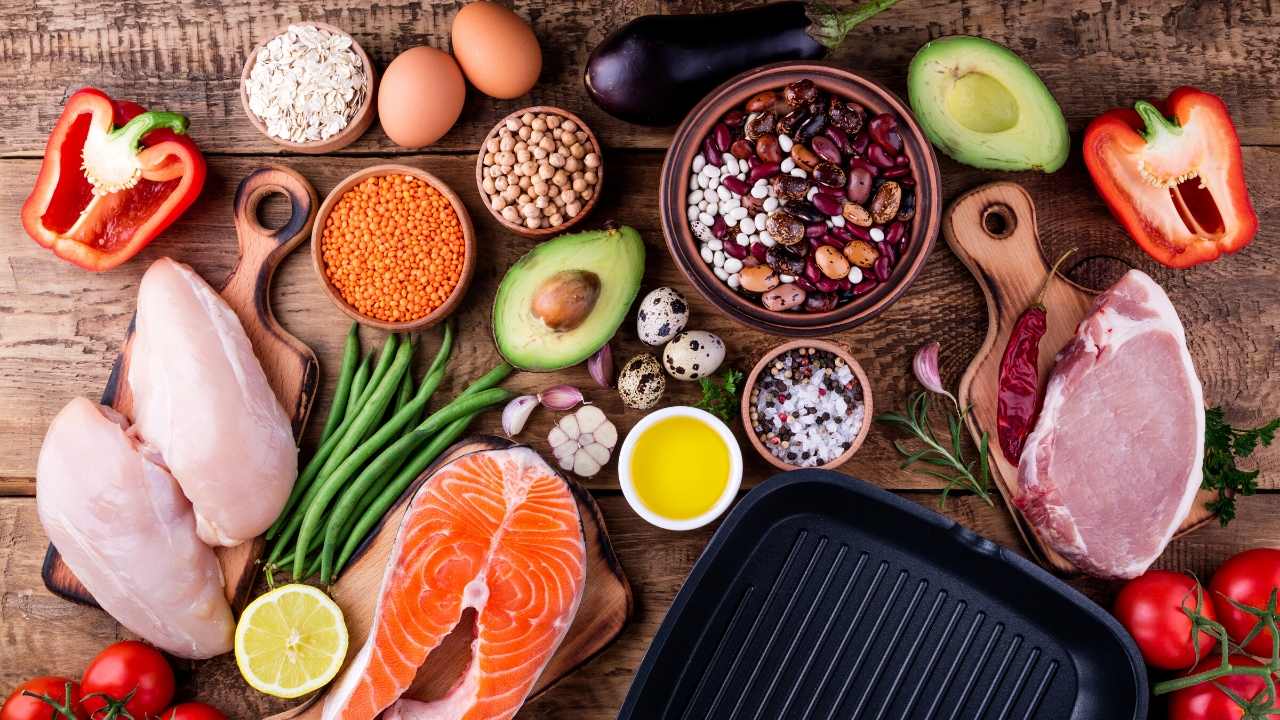
Many young adults today work long hours and are under a lot stress. These individuals also often eat unhealthy fast food and junk foods because of their hectic schedules. In fact, many women decide to have children in their early 20s as the body's nutritional needs rise significantly. Insufficient amounts of iron, calcium, or proteins should be consumed during pregnancy. It is also important to maintain a healthy balance of micro and macronutrients.
To maintain women's health, a diet rich in vitamins and minerals is essential. These important stages are dependent on vitamins C, E, B. These nutrients are available in fruits and vegetables. Additionally, phytoestrogen can assist with mood swings. Vitamin D, B6 and other nutrients are beneficial for women's overall health. Women may need to take hormone supplements during menopause.

Women's health is best when they eat the right foods at the right times. At least half of your grains should be consumed. Dairy products such as yogurt, cheese and other dairy products must be free of fat. Fortified soy products can be used if you are lactose intolerance. A variety of healthy fats and protein-rich foods like nuts and seeds should be included. Make sure you have healthy snacks on hand if you're planning to conceive.
Calorie intake is also important for women's good health. It is important to eat healthy foods as well as avoid high-calorie food. This can lead to weight gain, skin problems, and other issues. The best diet for women's overall health focuses on specific areas like diabetes prevention and heart disease prevention. It will surprise you how easy it is for women to start a diet.
There are many things to consider when you plan a diet for women’s health. You should first understand your body's requirements. For example, a woman needs twice the iron that a man does, and a man requires nineteen mg daily. This is the reason vegetarian diets are so beneficial for women. They are low in fat and high in fiber and rich with vitamins and minerals.

There are many books available on healthy eating for women. But the CSIRO Women's Health Guide focuses exclusively on the benefits and advantages of eating a variety. The 80 recipes are divided into easy weekday and more complicated weekend recipes. It doesn't matter if you want a printed copy or a digital version, healthy eating habits for women are essential to a happy lifestyle.
FAQ
What are 10 healthy habits?
-
Eat breakfast every day.
-
Don't skip meals.
-
You should eat a balanced diet.
-
Get plenty of water.
-
Take good care of your body.
-
Get enough sleep.
-
Stay away from junk foods.
-
Do some exercise every day.
-
Have fun
-
Meet new people.
Which are the top 10 foods you should eat?
These are the top 10 foods to eat.
-
Avocados
-
Berries
-
Broccoli
-
Cauliflower
-
Eggs
-
Fish
-
Grains
-
Nuts
-
Oats
-
Salmon
What are 5 ways to live a healthy lifestyle?
A healthy lifestyle means eating right, being active, getting enough sleep, managing your stress levels, and having fun. Eating well means avoiding processed foods, sugar, and unhealthy fats. Exercise strengthens your muscles and helps you lose calories. You can improve your memory and concentration by getting enough sleep. Managing stress reduces anxiety and depression. And finally, having fun keeps us young and vibrant.
What is the difference in a virus and bacteria?
A virus is a microscopic organism that cannot reproduce outside its host cell. A bacterium, a single-celled organism, reproduces by splitting into two. Viruses are small, around 20 nanometers in size. Bacteria are much larger, at 1 micron.
Viruses can be spread by contact with bodily fluids containing infected substances, such as saliva, urine and semen. Bacteria are usually spread through direct contact with contaminated objects or surfaces.
Viral infections can also be introduced to our bodies by a variety of cuts, scrapes or bites. They can also enter the body through the mouth, nose, eyes and ears, vaginal, rectum or anus.
Bacteria can enter our bodies through wounds, cuts, scrapes, burns, insect stings, or other breaks in our skin. They can also get into our bodies via food, water or soil.
Both bacteria as well as viruses can cause illness. But viruses can't multiply within their hosts. So they only cause illnesses when they infect living cells.
Bacteria can grow in their hosts and cause disease. They can also invade other parts of your body. We need antibiotics to get rid of them.
What's the problem in BMI?
BMI is the acronym for Body Mass Index. It measures body fat based upon height and weight. BMI is calculated using the following formula:
Weight in kilograms divided with height in meters.
The result is expressed using a number from 0 through 25. Scores between 0 and 25 indicate obesity. A score of 18.5 indicates overweight. A score of 23 indicates obesity.
A person who weighs 100 kilograms and is 1.75m tall will have an BMI of 22.
Statistics
- This article received 11 testimonials and 86% of readers who voted found it helpful, earning it our reader-approved status. (wikihow.com)
- In both adults and children, the intake of free sugars should be reduced to less than 10% of total energy intake. (who.int)
- nutrients.[17]X Research sourceWhole grains to try include: 100% whole wheat pasta and bread, brown rice, whole grain oats, farro, millet, quinoa, and barley. (wikihow.com)
- WHO recommends reducing saturated fats to less than 10% of total energy intake; reducing trans-fats to less than 1% of total energy intake; and replacing both saturated fats and trans-fats to unsaturated fats. (who.int)
External Links
How To
27 Steps for a healthy lifestyle even if your family buys junk food
The best way to eat healthily is to cook at your home. However, many people are not skilled in preparing healthy meals. This article will give you some tips on how to make healthier choices when eating out.
-
Select restaurants that offer healthy dishes.
-
Order salads and vegetables before ordering any meat dishes.
-
Ask for sauces that aren't sweetened.
-
Avoid fried foods.
-
Grilled meats are better than fried.
-
You shouldn't order dessert unless it is absolutely necessary.
-
Be sure to have something other than dinner.
-
You should eat slowly and chew well.
-
Drink plenty of water while eating.
-
Do not skip breakfast, lunch or dinner.
-
Take fruit and vegetables along with every meal.
-
Choose milk over soda
-
Sugary drinks are best avoided.
-
Reduce salt intake.
-
Try to limit the time you go to fast food places.
-
Ask someone to come along if you are unable to resist temptation.
-
Don't let your children watch too much TV.
-
When you are eating, keep the television off.
-
Do not consume energy drinks.
-
Take regular breaks from the office.
-
Exercise early in the morning.
-
Move every day.
-
Start small and increase your knowledge slowly.
-
Realistic goals are important.
-
Be patient.
-
Even if you don’t feel like it, find the time to exercise.
-
Positive thinking is important.